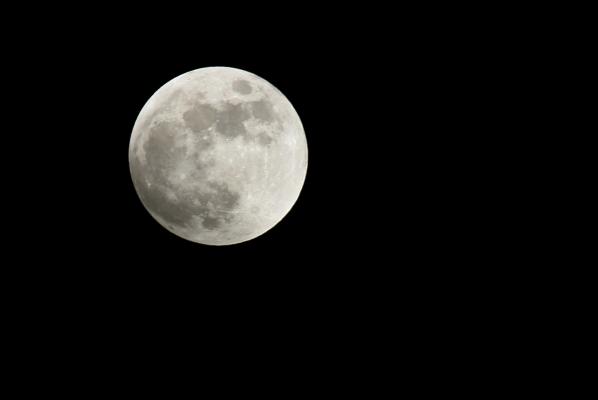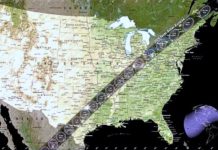
Feb. 10 (UPI) — Rest up backyard astronomers, Friday’s night sky will feature a full slate of astronomical events: a penumbral lunar eclipse, green comet and full moon.
The moon will cross into Earth’s shadow at 5:32 p.m. EST and re-emerge at 9:55 p.m. EST. It will be visible everywhere on Earth except Hawaii, Australia, New Zealand and East Asian nations bordering the Pacific.
The moon will pass through the outer edges of Earth’s shadow, its penumbral shadow. Though the entire moon will appear shaded, it won’t be as dark as it would be during a total lunar eclipse, when the moon passes through Earth’s umbral shadow.
The astronomical magic will continue in the predawn hours of Saturday morning, when Comet 45P/Honda-Mrkos-Pajdusakova makes its closest approach to Earth. The green comet won’t be visible with the naked eye, but can be spotted using binoculars or a small telescope.
Skywatchers who miss the two phenomena can still enjoy February’s full moon, known as the “Snow Moon.”
Unfortunately, much of the U.S. East Coast is forecast to be blanketed by clouds. For those battling cloudy skies, Slooh’s live online broadcast may be the best way to watch the full moon, lunar eclipse and comet.





